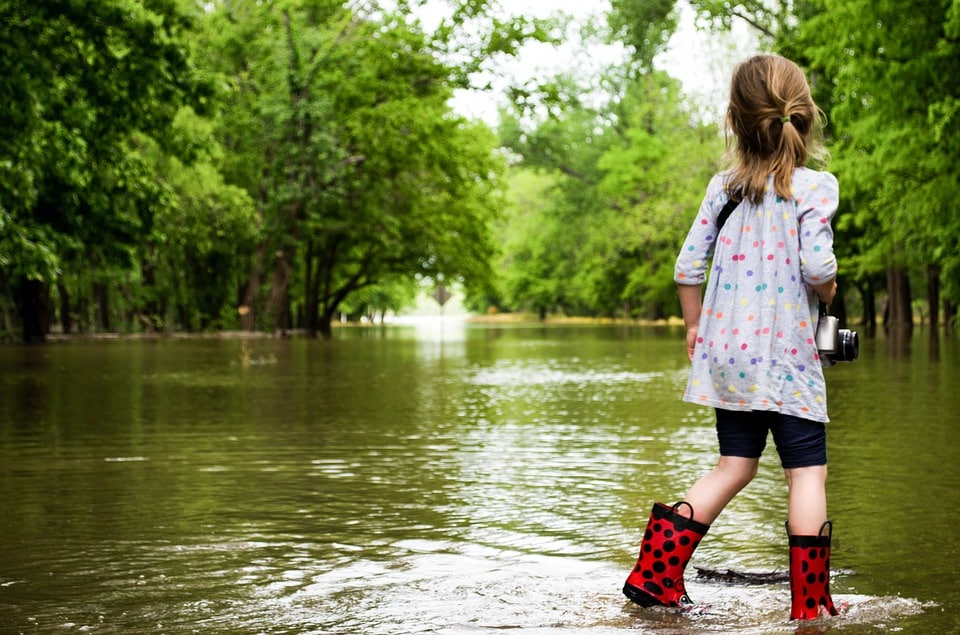Weber County in Utah has a land area of 576 square miles and a population of roughly 243,000. The county stretches from the heights of the Wasatch Mountains in the east up to portions of the shores of the Great Salt Lake in the west. The eastern half of the county or Upper Valley is mountainous terrain. The western half, which is closest to the Great Salt Lake, is referred to as the Lower Valley. The Lower Valley is the population center of the county.
Weber County is vulnerable to landslides and floods due to its terrain. The eastern part of the county is prone to heavy sediment accumulation. The sediments could be released when there is an overflow of water due to a high volume of rainfall or snowmelt from the mountains.
Landslides could alter the flow of water in the Davis-Weber Canal such as happened with the South Weber landslide complex. The landslide involved a rotational slump 800 feet wide with gravel and clay sediments in the Weber River Delta. It was a reactivation of an old landslide that continued to move. The landslide flooded nearby communities.
Flood creates more problems than simply a waterlogged house. After the floodwater recedes, homes will have absorbed so much moisture that they become breeding grounds for mold. Mold thrives on damp surfaces, such as floors, walls, and ceiling tiles. Mold poses a great health risk, especially to people with asthma and allergies. Even those without allergies could be affected by irritation of the nose, throat, and eyes.
In the aftermath of a flood, residents should be vigilant about watching for mold growth. The Disaster Company is your compassionate partner when flood strikes. Our trained and seasoned professionals are well-equipped to perform mold inspection and removal in Weber County.

